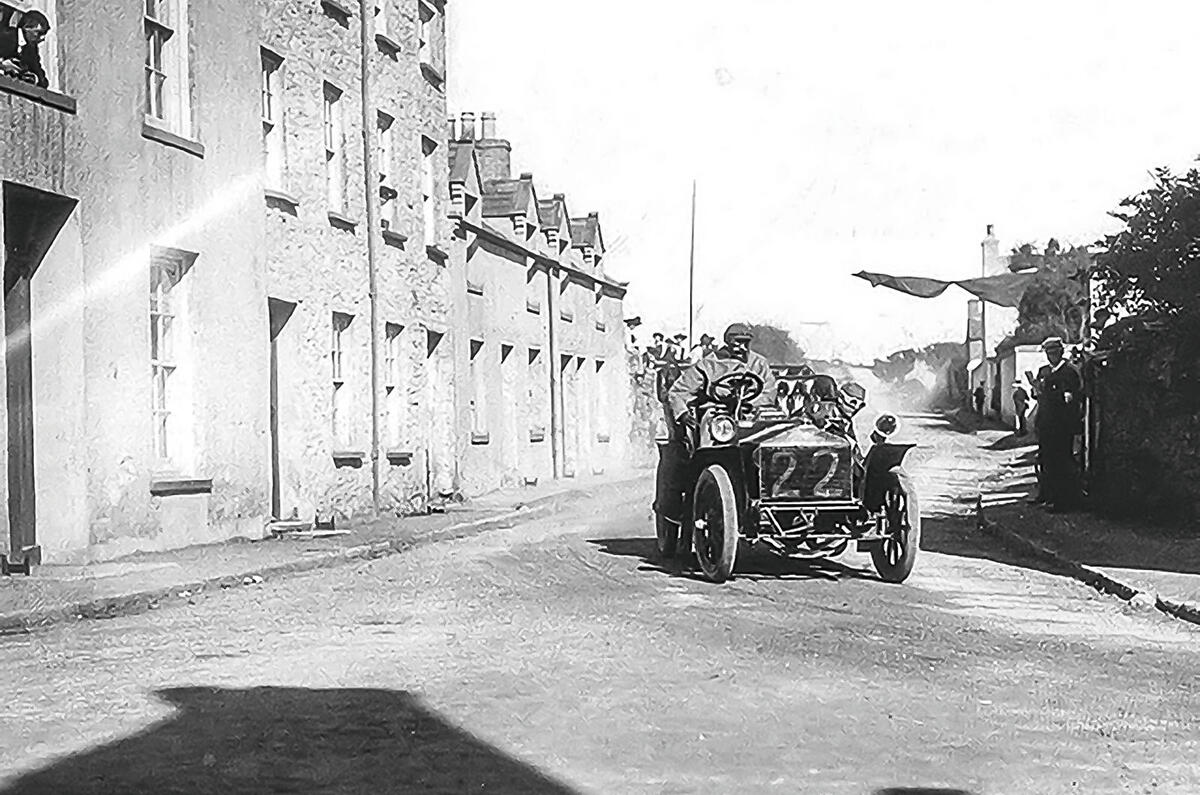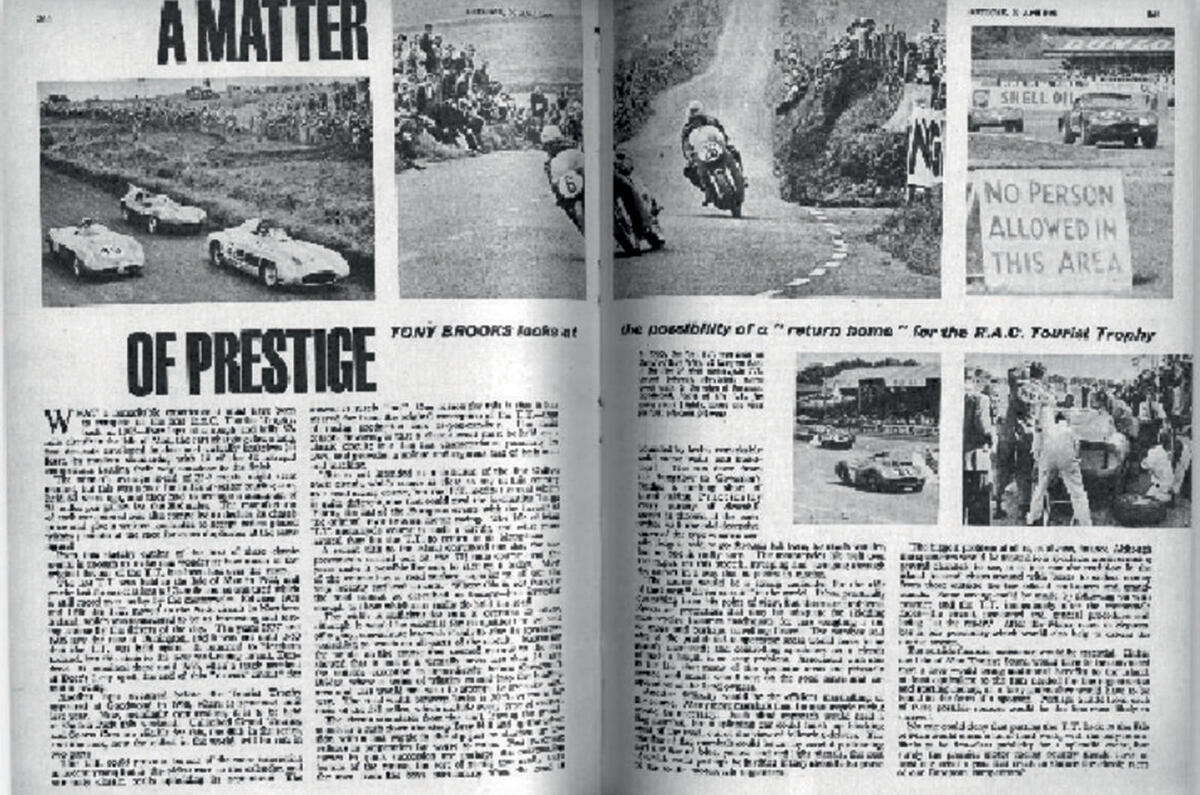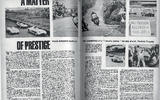The recent heroics performed by Mark Higgins in smashing the Isle of Man TT circuit lap record for fourwheeled vehicles evoked memories of the course’s origin as the venue for the RAC Tourist Trophy car race in 1905.
In that year the TT comprised four laps of a rough 52-mile circuit around the island, and the winner averaged 33.9mph. If that seems modest in light of Higgins’s 128.7mph lap, bear in mind that the race was for full fourseat touring cars, with each having to average at least 23 miles per gallon.
The final car TT was held on the Isle of Man in 1922, and on the last three occasions a 37-mile course, recognisable as the one used by motorcycles today, was adopted. The TT then lived a nomadic life, moving from Ards to Donington Park and Dundrod, where it remained until a serious accident forced a rethink on the safety of road courses, shifting instead to purpose-built tracks such as Goodwood and Oulton Park.
In 1965, following a visit to the Isle of Man, former Formula 1 driver Tony Brooks wrote in Autocar that the time was ripe for the course to be reconsidered as a venue for the RAC TT.
“A classic event must be held on a classic circuit, one that has characteristics peculiarly its own and provides a unique and rigorous test of both man and machine,” he wrote.
“This is not a criticism of Oulton Park, but the TT merits a circuit which is quite different, one that could rival the fascinating Targa Florio, the last of the European events with the flavour of original town-to-town motor racing.
“The Isle of Man course is such a circuit, and what more natural than for the TT to return to its birthplace?”
Brooks believed that improvements to the course over the years had made it possible for cars to race on it.
“Most of the course has a road surface superior to all but the very recently surfaced circuits,” he continued. “Where this is not the case, the road is just irregular enough to show which cars really do hold the road.
“The width of the course is sufficient for cars to overtake in safety, although it would be essential for competitors to be sent off at, say, one-minute intervals, if only to give spectators something to watch on all parts of the circuit.
The six-time grand prix winner was adamant that the course “would be a strong contender for the title of the finest ‘driver circuit’ in the world” but was also well aware of the challenges of hosting a high-profile event such as the RAC TT.







Add your comment